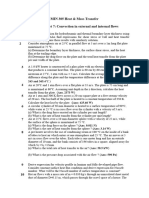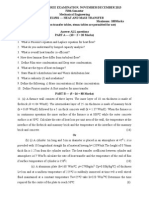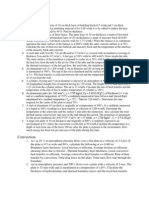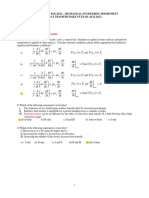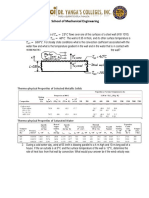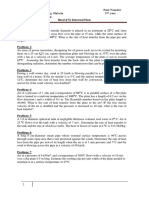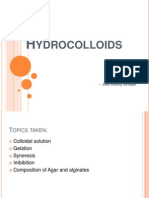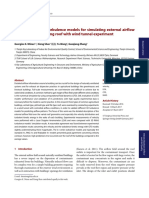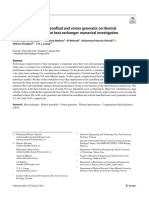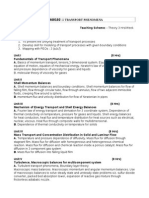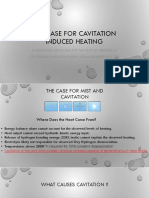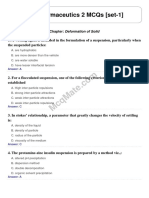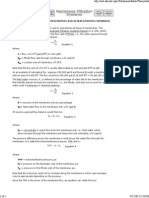0% found this document useful (0 votes)
28 views7 pagesHT Assignment Unit IV
The document is an assignment for Heat Transfer at Amrutvahini College of Engineering covering various topics including heat convection, condensation, boiling, forced convection, and natural convection. It contains a series of questions and problems related to laminar and turbulent flows, heat transfer coefficients, and calculations involving Reynolds number, Nusselt number, and Grashof number. The assignment aims to assess students' understanding of heat transfer principles and their application in practical scenarios.
Uploaded by
Kishor DeshmukhCopyright
© © All Rights Reserved
We take content rights seriously. If you suspect this is your content, claim it here.
Available Formats
Download as PDF, TXT or read online on Scribd
0% found this document useful (0 votes)
28 views7 pagesHT Assignment Unit IV
The document is an assignment for Heat Transfer at Amrutvahini College of Engineering covering various topics including heat convection, condensation, boiling, forced convection, and natural convection. It contains a series of questions and problems related to laminar and turbulent flows, heat transfer coefficients, and calculations involving Reynolds number, Nusselt number, and Grashof number. The assignment aims to assess students' understanding of heat transfer principles and their application in practical scenarios.
Uploaded by
Kishor DeshmukhCopyright
© © All Rights Reserved
We take content rights seriously. If you suspect this is your content, claim it here.
Available Formats
Download as PDF, TXT or read online on Scribd
/ 7

